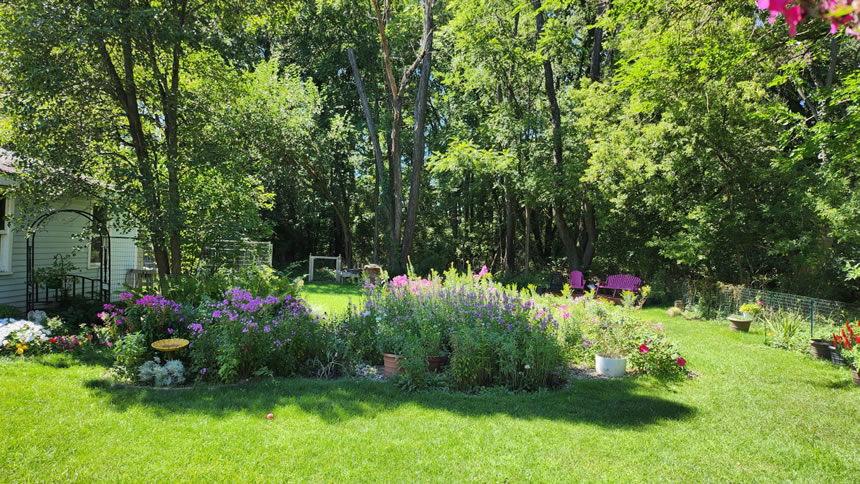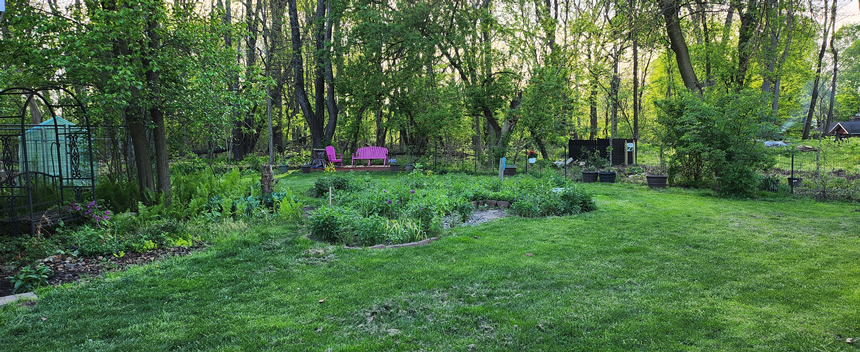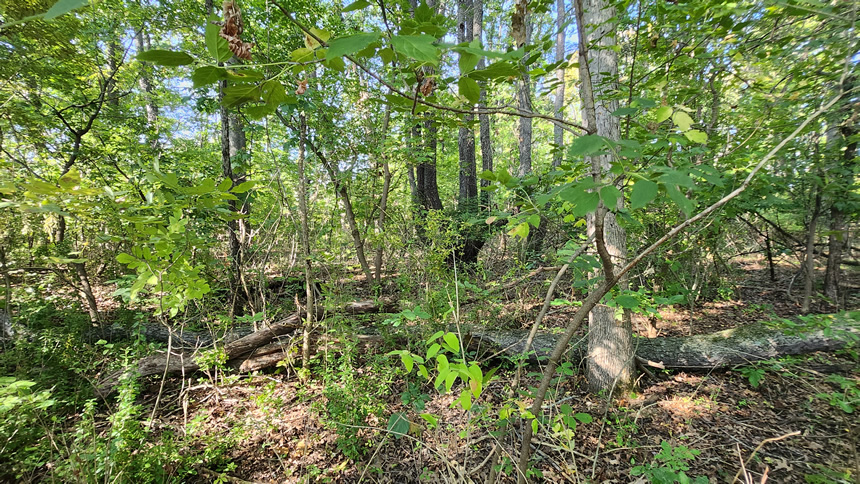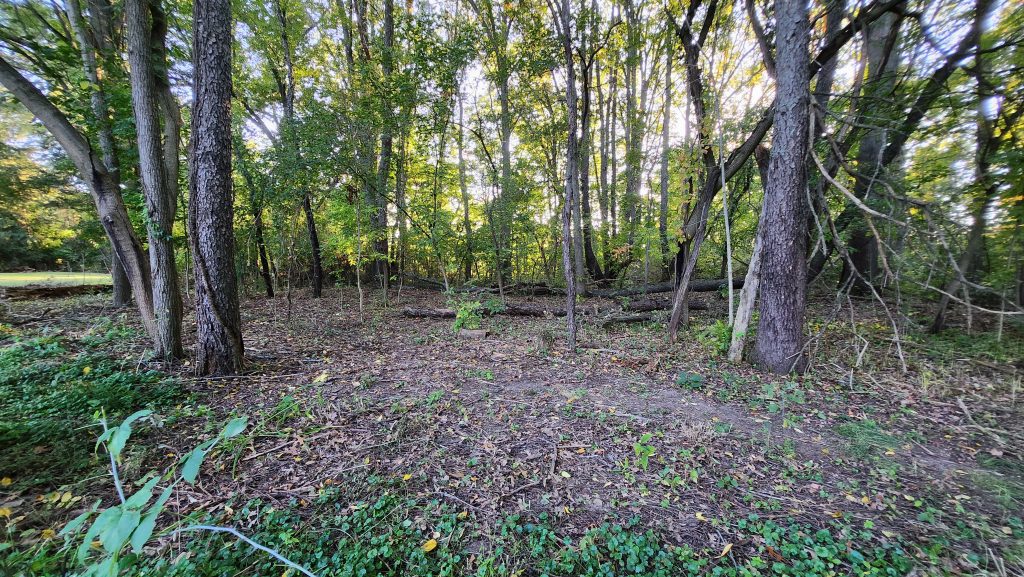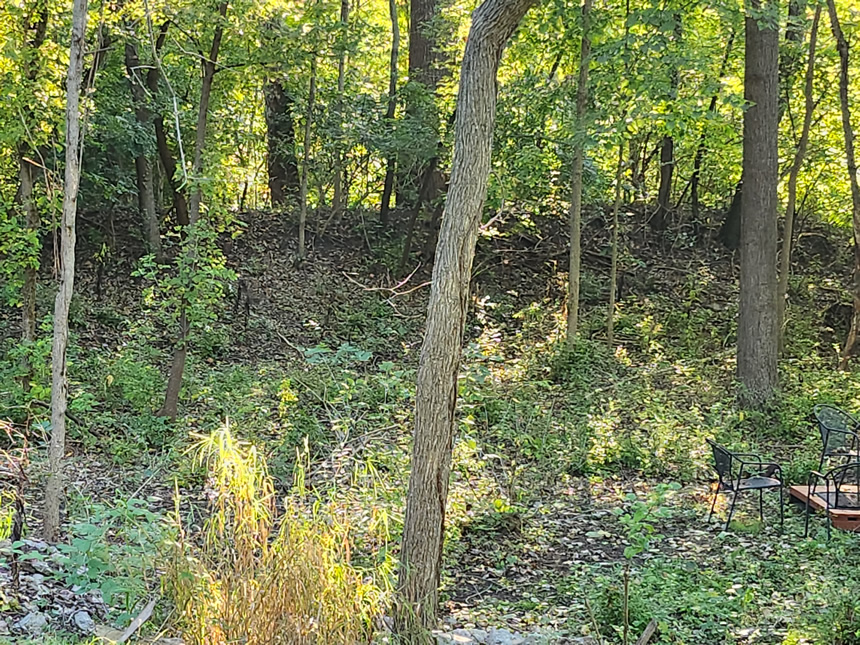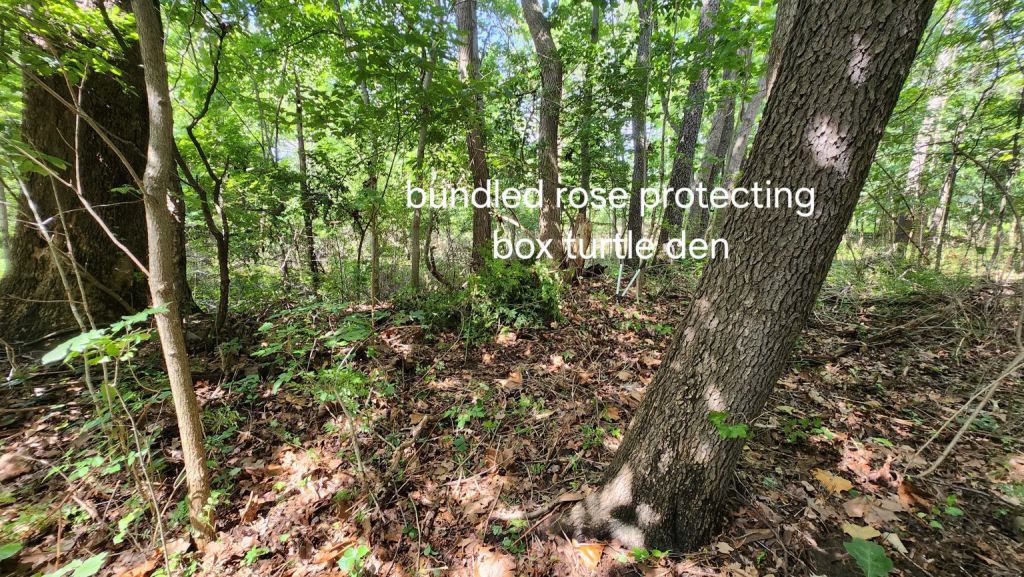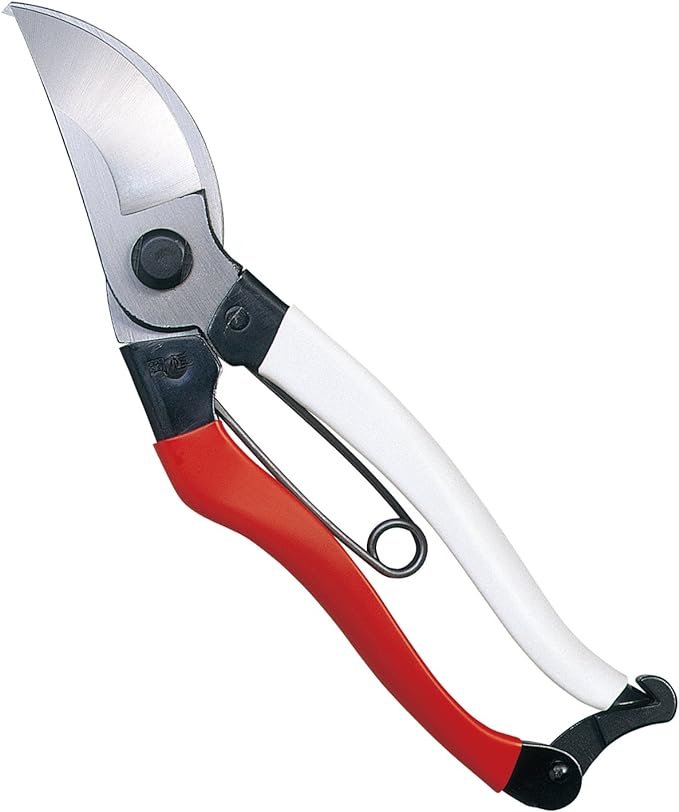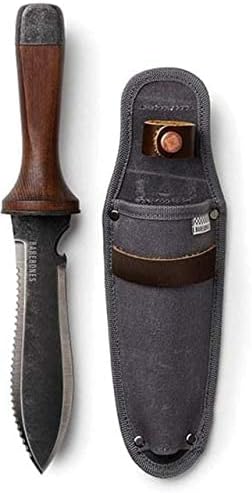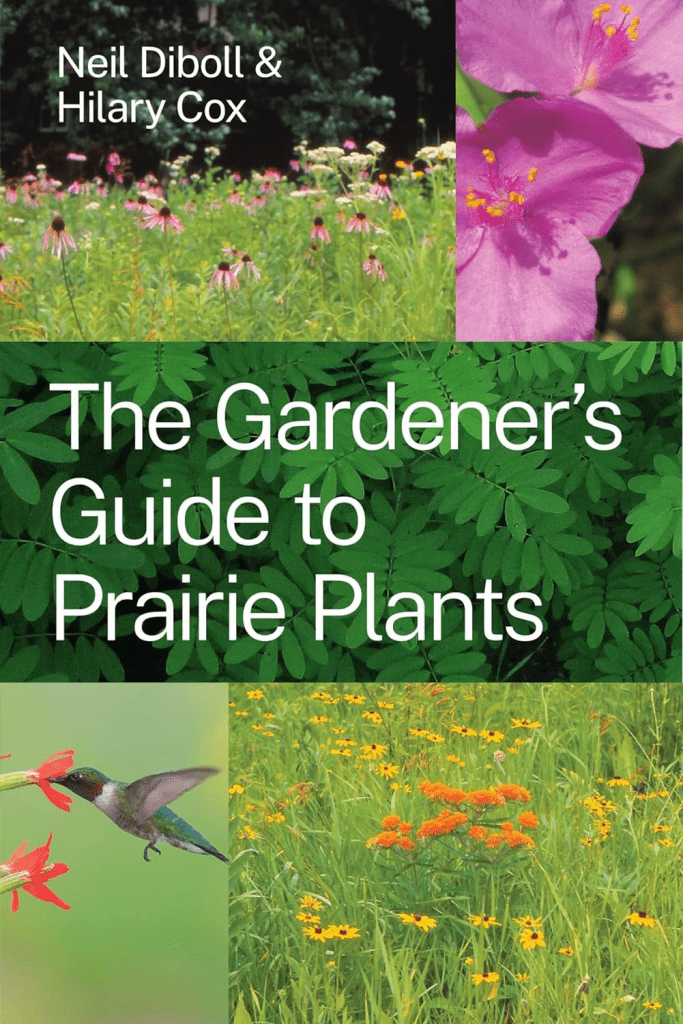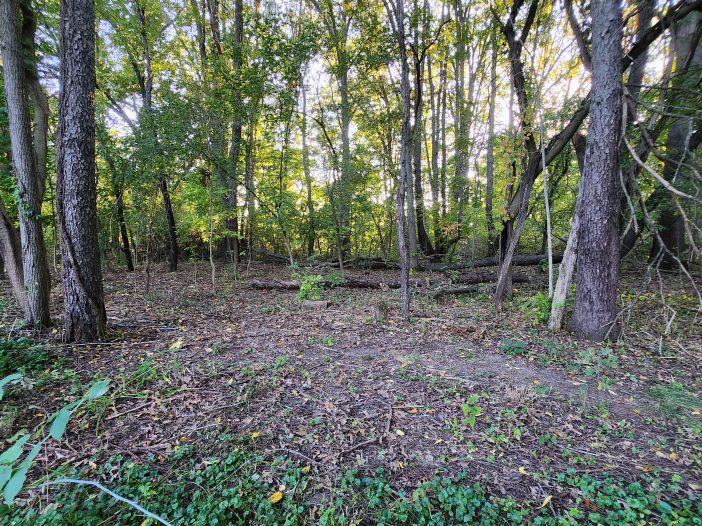
Before and After Photos
(Click to enlarge photos)
Walk-Through: After: Path from front – August 2024
Entry to Path – Filling in with Native Grasses after Honeysuckle, Rose, Garlic Mustard, Motherwort and lawn grass removal. (This is a model, testing and experimenting area.)
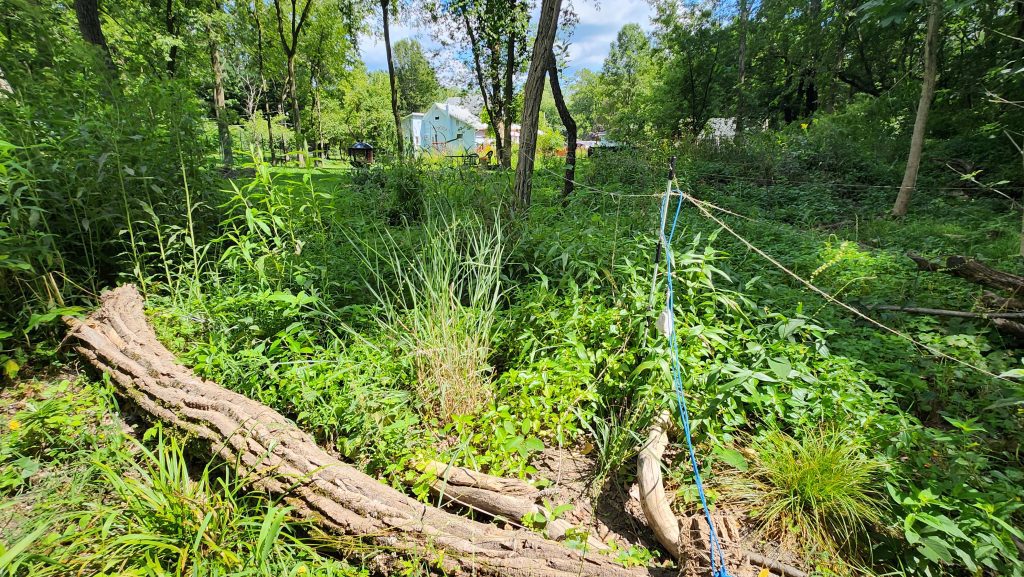
Border Area (Animal Feeding Area) From Backyard
After
Behind House
River Berm
Behind River Berm
Before
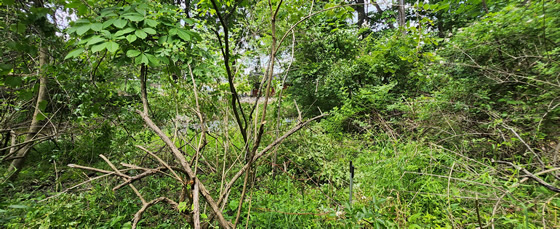

After
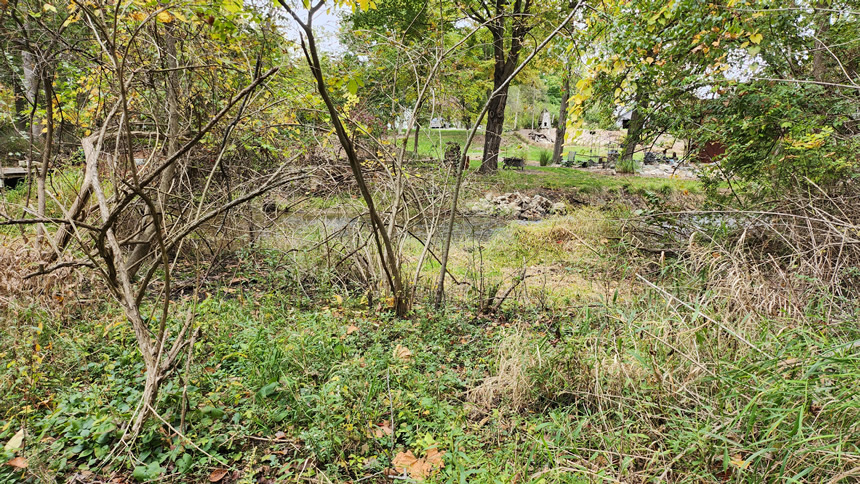
Dry (Prairie) Berm
Before
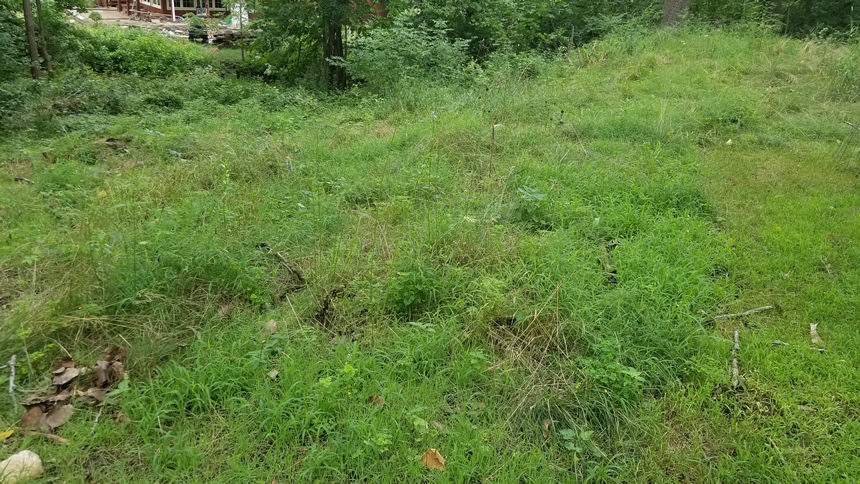
After
Coming soon!
Front Path Area
River Area
Before


After (2 year)

Vernal Pool
Before
After
Rose Swamp
Vernal Pool to Rose Swamp Progress
Along Wetlands
2
End of Trail Point
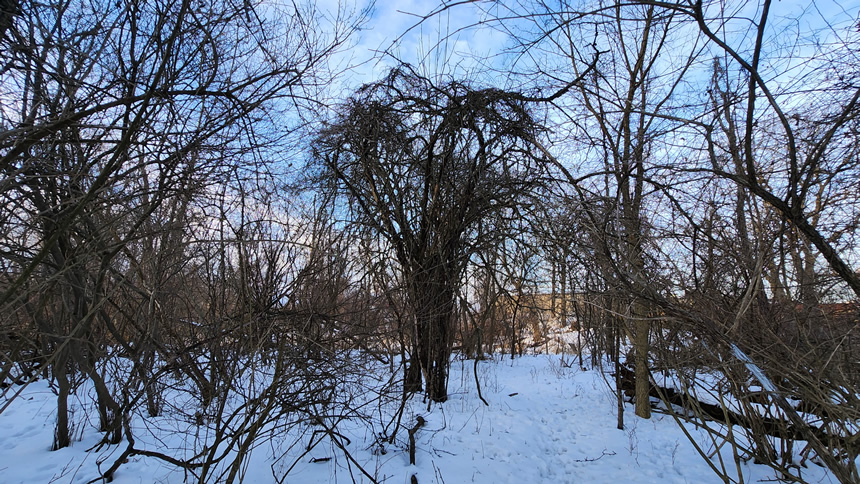
Takeaways
- Land restoration takes time! What’s clean one year will blossom with seedlings the next. It’s worth the wait to do it the right way. We are on year 3, and I will try planting seeds to see if that was long enough to make the weeding reasonable.
- Herbicide: Don’t scoff at taking precautions! Protective gear, and proper handling of chemicals, clothing and tools is of vital importance to your health.
- Your Local CISMA is an invaluable resource for information and guidance.
- Think ahead. If you hire a contractor, be sure you understand the processes that will be used, and the implications of their methods, equipment and intentions.
- Learn to SEE. This means taking time to let your eyes adjust, and researching what you find. The smallest seedlings that appear once you start removing invasive species will become the base for your new landscape.
- Be organized. It’s tempting to work in all directions as you move along, but very easy to lost track of your progress. Splitting the area into sections and following a regular schedule is efficient. (Clean, document, revisit, wait for a season, do it all over again until you are in maintenance mode.)
- Learn what your seeds need to germinate. Planting seeds that require stratification in late Winter or Spring may mean waiting for 2 years until they start growing.


